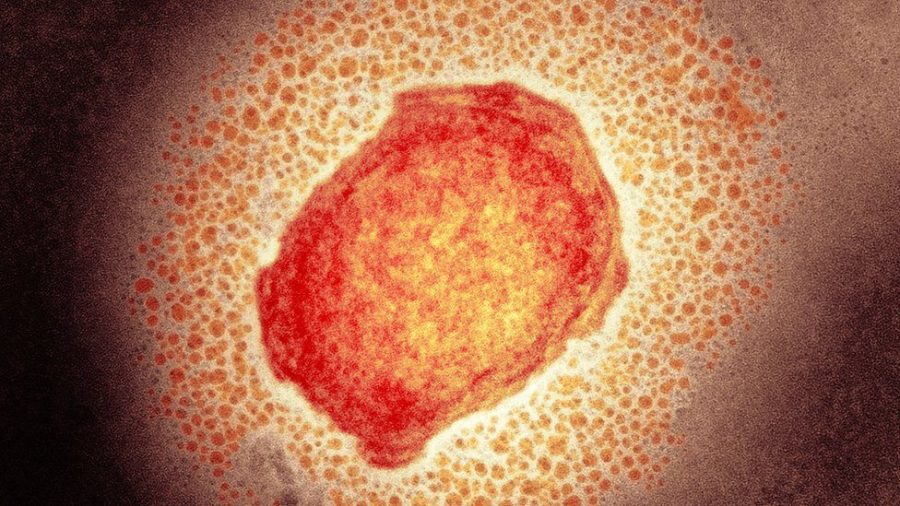What you need to know about the Monkeypox outbreak
May 26, 2022
The rare cases of Monkeypox have begun appearing in Europe and the United States, giving further evidence that the virus is spreading through travel, as well as local transmissions. Contrary to COVID-19, Monkeypox is suggested to be spreading by “sexually transmitted infections, which has amplified its transmission around the world.” The first case of the disease originated in the Democratic Republic of Congo in 1970, and since then more cases have crept up in Central and West Africa.
The Monkeypox outbreak has mainly resulted in mild symptoms between the United States and Europe. But for those who have a weakened immune system or skin conditions, the virus can result in extreme health problems. The World Health Organization (WHO), has recorded about 3%-6% of those infected with the disease have a chance of death. Although, the risk of death among young children is increasing at a much higher rate.
The disease can be spread through skin to skin contact, and especially through the lesions individuals have gained from Monkeypox. Transmission can also occur by respiratory droplets from being around someone with mouth lesions for an extended period of time. Although Monkeypox is not a sexually transmitted disease, it still has the ability to spread through sexual contact.
In order for the confirmation of Monkeypox cases to occur, there are two steps to the process: Firstly, the patient gets tested, and their test gets sent to a state laboratory. Next, if the test results are positive, those samples are given to the CDC to be further tested and inspected. If you suspect you were contaminated with the disease, the best possible course of action is to visit a local doctor’s office. Protective gear that will provide safety from Monkeypox is wearing gloves, proper protective mask, an N95 respirator and in dire situations a protective gown as well.
COVID-19 and Monkeypox differ in two main ways, which are how the two diseases are spread, and how they affect individuals. COVID-19’s contagions are spread through respiratory droplets, in forms of coughing and sneezing. On the other hand, Monkeypox is spread through primarily bodily fluid, in the forms of virus sores and lesions. Secondly, COVID-19 mostly affects the upper-respiratory tract, which is different from the immune systems that Monkeypox affects.
To answer the question of whether Monkeypox could end up similar to the COVID-19 pandemic, the chances are extremely rare. On the contrary to COVID-19, Monkeypox is not as contagious, and cannot spread as easily. Monkeypox needs human bodily contact for prolonged periods of time, whereas COVID-19 only needs a short amount of time for the disease to spread.


